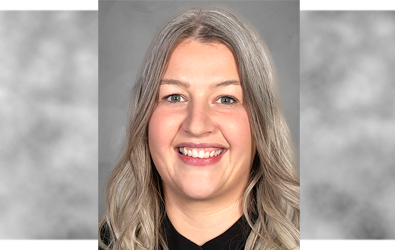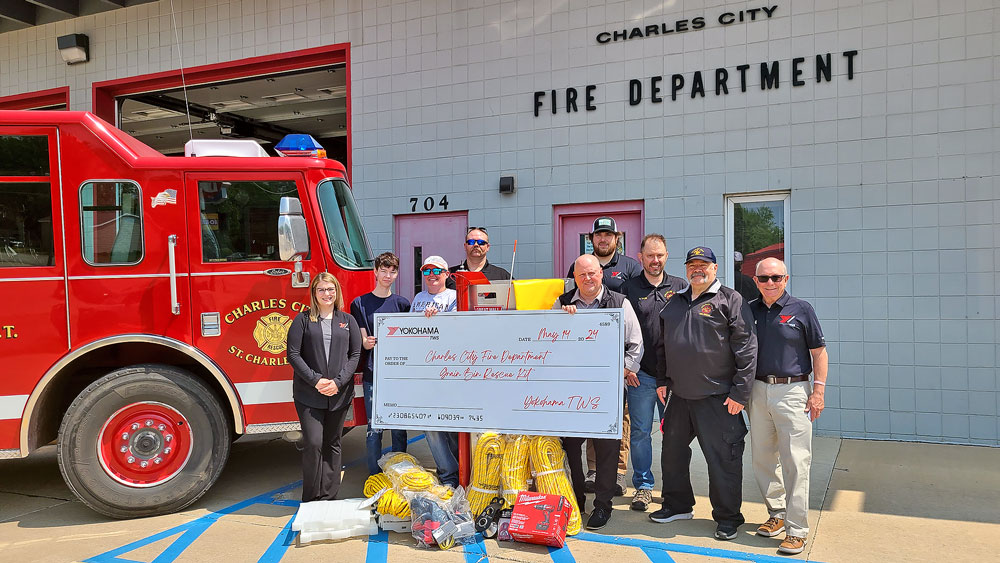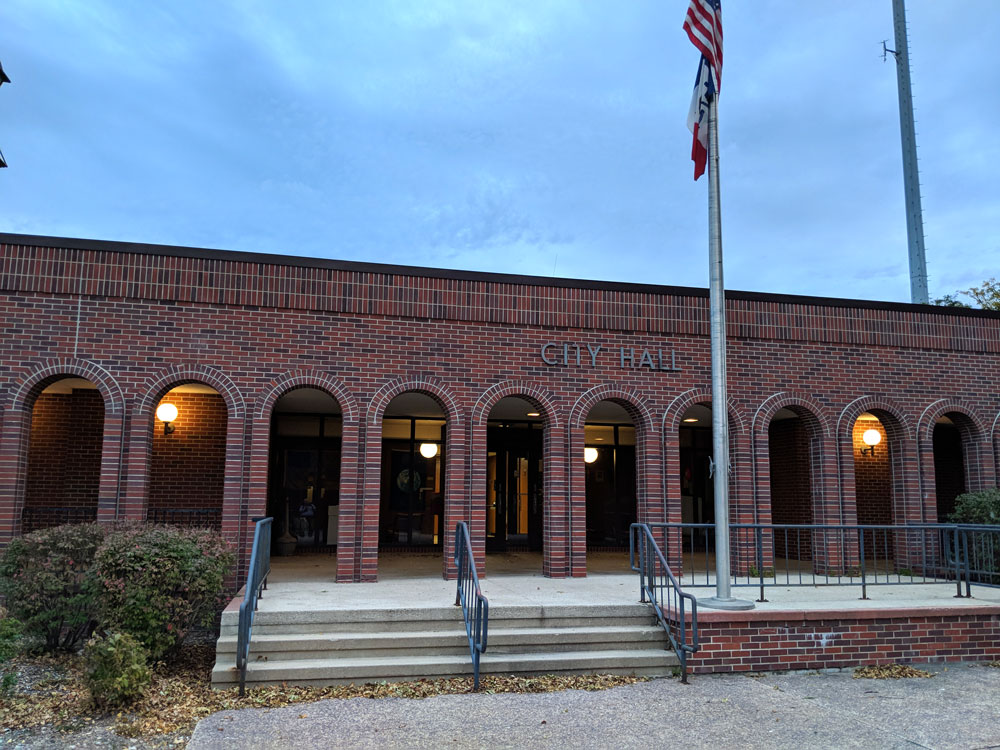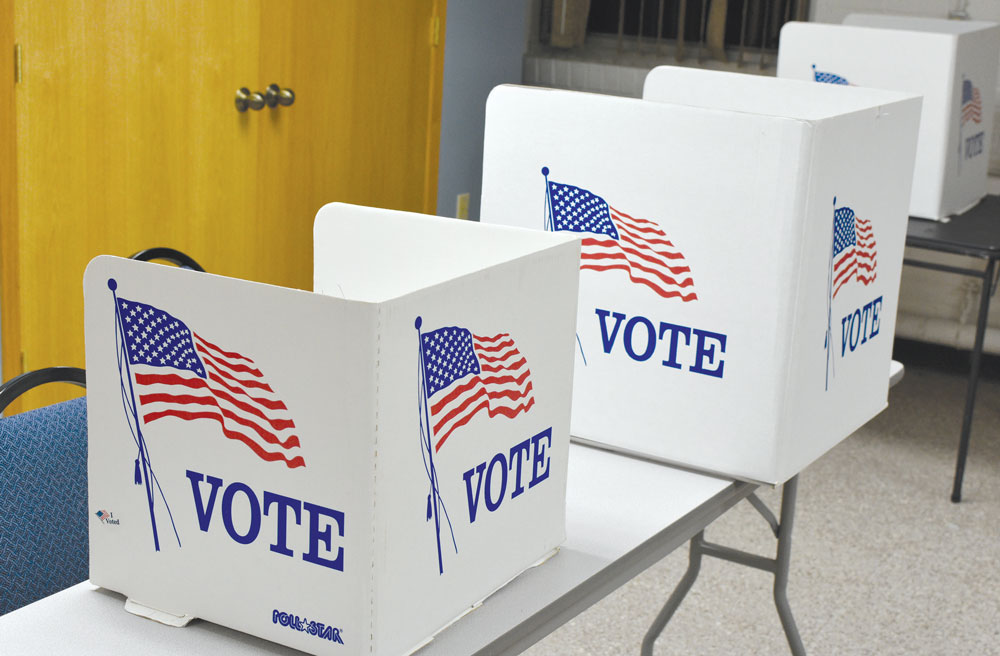Recent rains not enough to turn around ‘severe drought’ in Charles City area
By Bob Steenson, bsteenson@charlescitypress.com
Charles City received more than 1¾ inches of rain in the last week of June, but it wasn’t nearly enough to bring the month’s total anywhere close to the average for what is usually the wettest month of the year.
In fact, June ended up with less than half of the usual amount of rain the Charles City area receives — a total of only 2.68 inches during a month when the historical average is more than 6 inches.
 July started out dry again, but the area received a little under an inch of rain Wednesday and Thursday. Still, that was less than two-thirds of what the area would normally receive in the first week of July.
July started out dry again, but the area received a little under an inch of rain Wednesday and Thursday. Still, that was less than two-thirds of what the area would normally receive in the first week of July.
Terry Basol, an Iowa State University Extension agronomist based at the Northeast Iowa Research Farm near Nashua, said every little bit of rain helps, but the recent rain didn’t solve the problem of drought conditions in the area.
“It didn’t come close,” he said.
According to the Iowa Crop Progress and Condition report issued this week, the north-central area of the state that includes Floyd County had only 42% of its farmland acres with an adequate supply of topsoil moisture. The rest was rated short (37%) or very short (21%).
Subsoil moisture was listed as adequate in only 36% of the north-central area cropland. The rest was short (43%) or very short (21%).
The U.S. Drought Monitor report issued Thursday listed most of north-central and northwest Iowa, including Floyd County and Chickasaw County, as “severe drought” — the worst rating of any area in the state.
According to the Iowa Department of Natural Resources, “Severe drought now covers nearly 38 percent of the state, up from less than 8 percent at the beginning of June.”
“The hope was for normal rain in June, but we ended up almost two inches short for the month. Some rain was good, but more is needed to reverse the trend toward drier conditions in the state,” said Tim Hall, DNR’s coordinator of hydrology resources.
“Unfortunately, we are entering the time of the year when water demand goes up, so more rainfall is needed in the weeks ahead,” he said.
Some parts of area counties received a downpour of 3 or 4 inches of rain during a storm last month, but even places that saw a lot of rain “are looking at major deficits,” according to ISU’s Basol.
Basol said he believes that potential “top level” yields have probably dried up during the drought, but he said decent rainfall for the rest of the growing season could still give farmers “a solid year.”
He pointed out that soybean reproduction has started in many fields, and the good news for soybeans is that if the weather eventually does cooperate, yields can increase.
“They’re indeterminate, which means rain later in the season can help them compensate for the dry part of the growing season,” he said.
Corn, however, is not as flexible.
“We’re at the point where the top end of the yield is probably just not going to be there,” he said, “but we have to hope Mother Nature will help us the rest of the way. We’re a few weeks away from silking, tasseling and fertilization of the kernels and it would be great if they don’t go into that as stressed as they are right now.”
The forecast for Charles City calls for a good chance of rain Friday and Saturday, then a smaller chance of rain every day next week.
— Bob Fenske, editor of the Nashua Reporter and New Hampton Tribune, contributed to this report.










Social Share